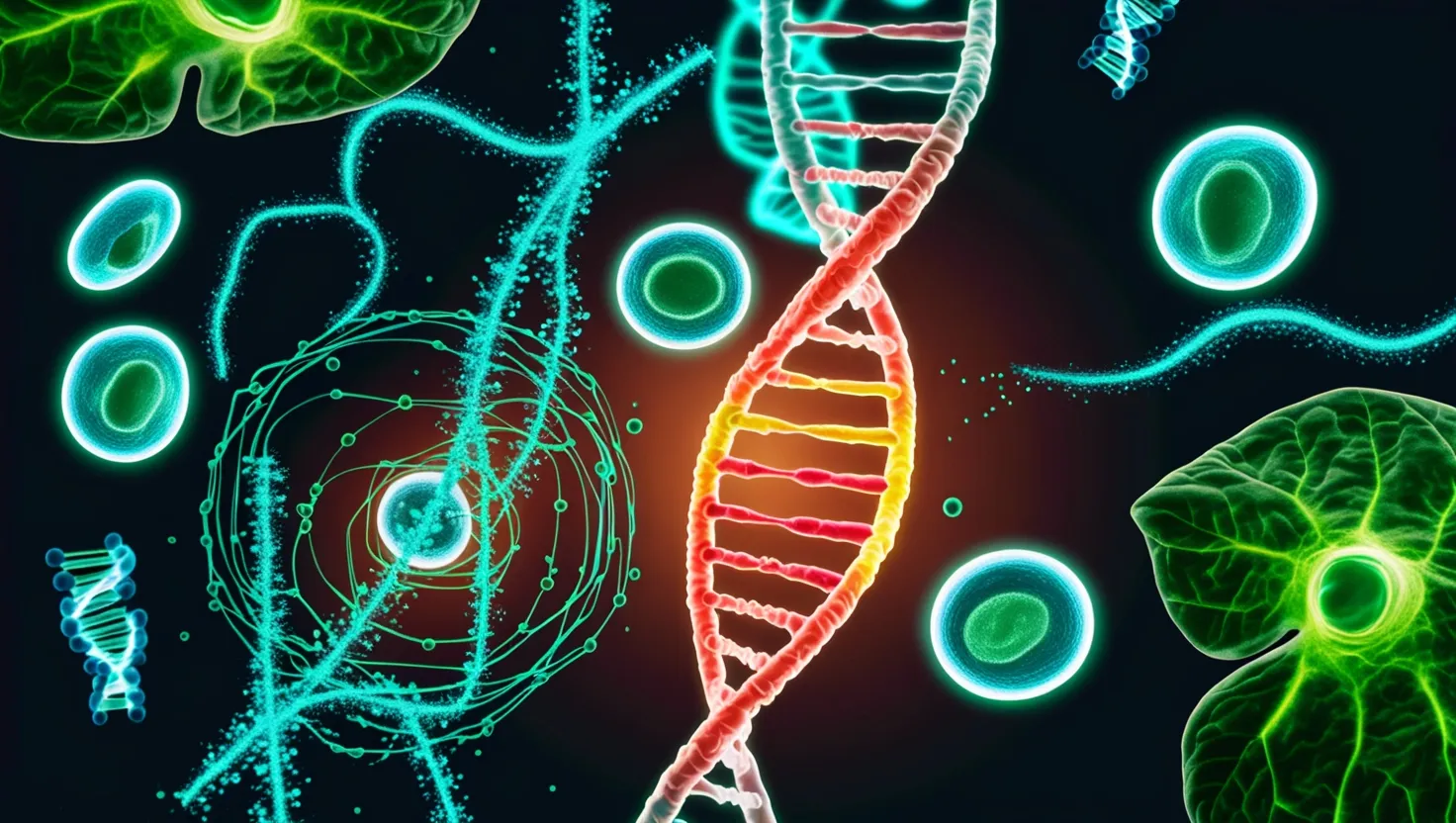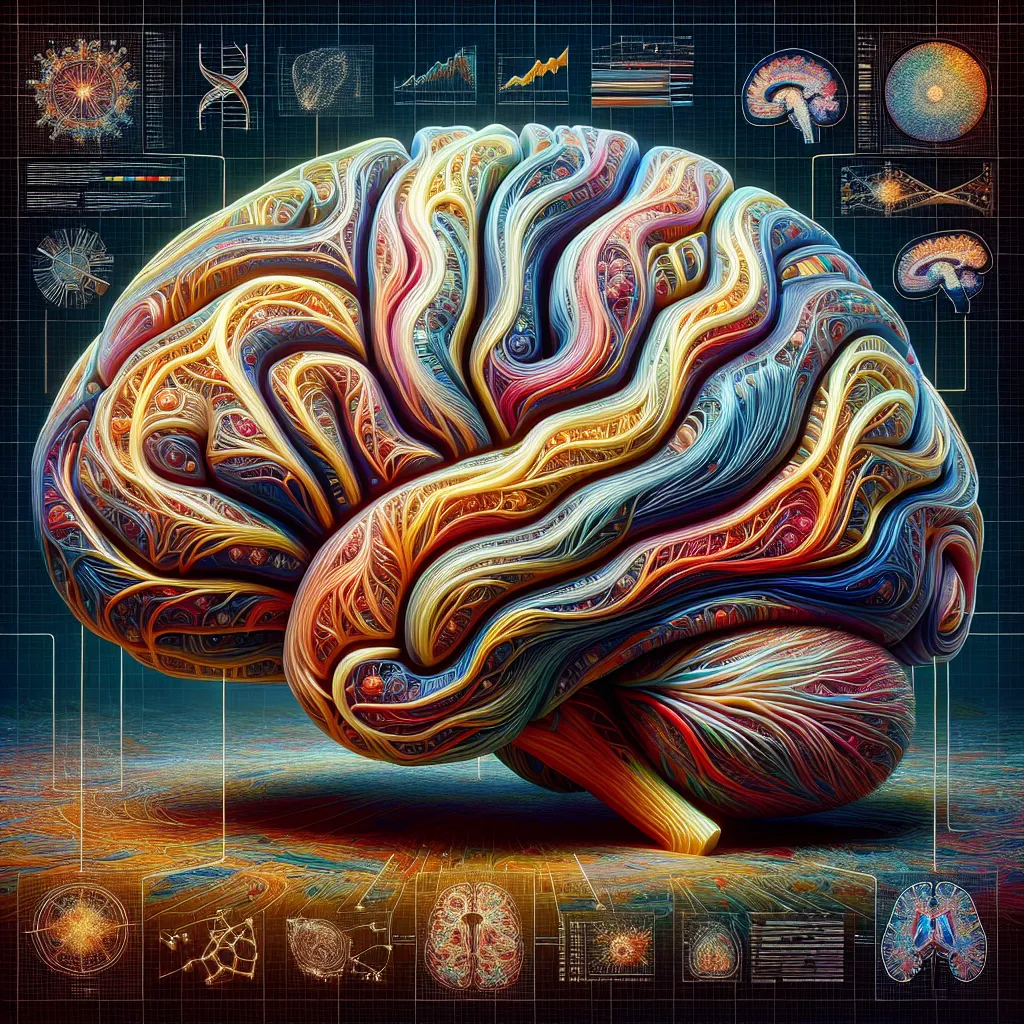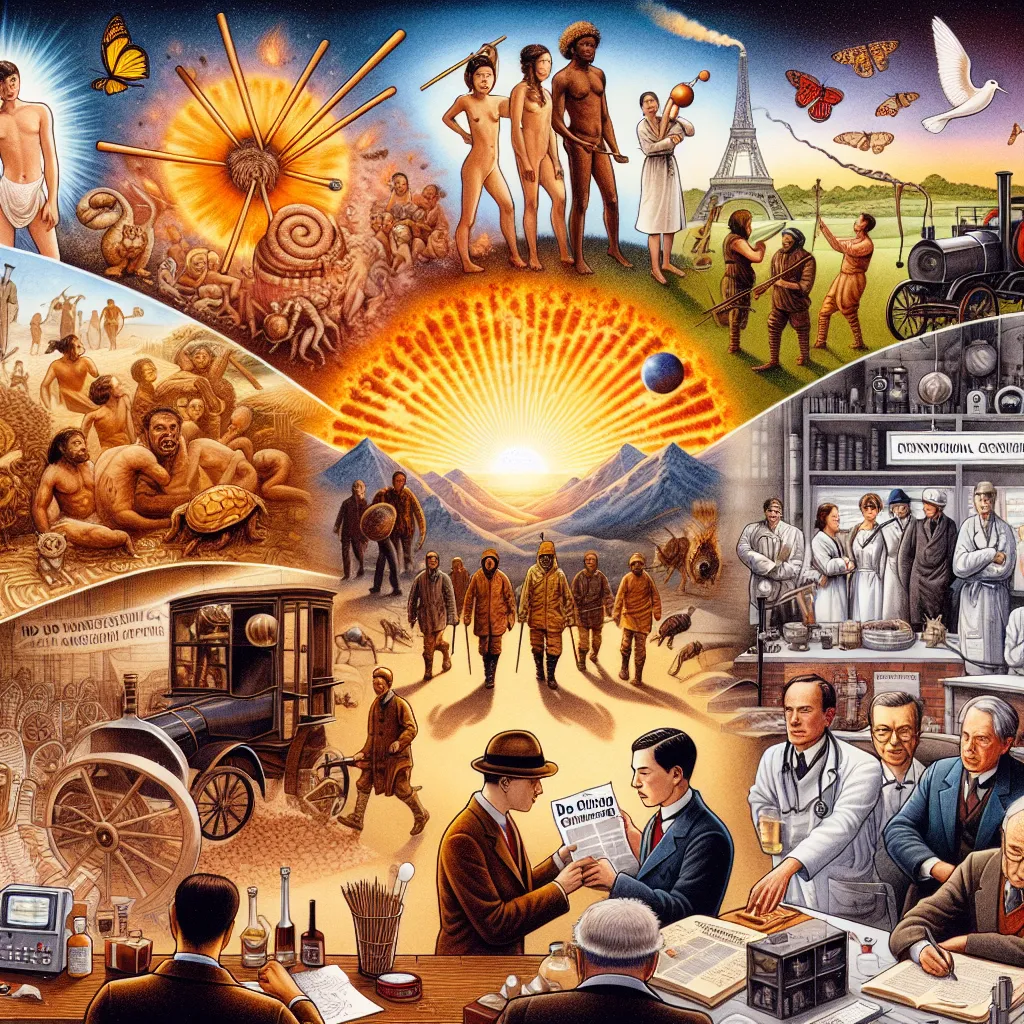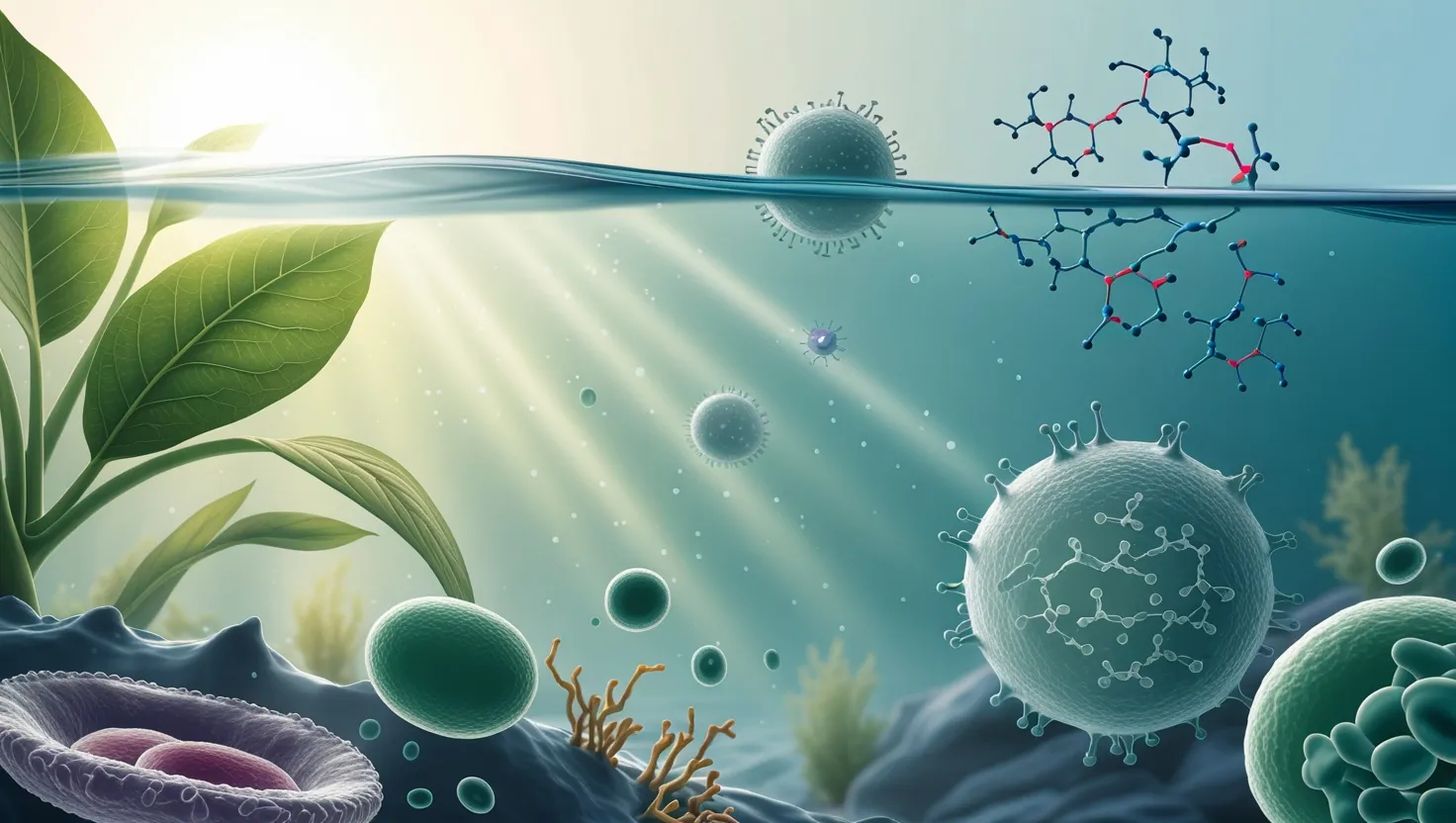When we think about the intricacies of life, we often overlook the microscopic world where quantum physics and biology intersect. This fascinating field, known as quantum biology, is revolutionizing our understanding of how life functions at its most fundamental level.
Imagine a world where the rules of classical physics no longer apply, and the strange, seemingly magical principles of quantum mechanics govern the behavior of living organisms. In this realm, electrons can tunnel through barriers, exist in multiple states simultaneously, and become entangled in ways that defy classical explanation. These quantum effects are not just theoretical; they are being observed and studied in various biological processes.
One of the most striking examples of quantum biology is photosynthesis. This process, essential for life on Earth, involves the transfer of energy from sunlight to chemical bonds in plants. At the heart of photosynthesis are complex molecular networks that exploit quantum properties to enhance efficiency. For instance, the transfer of electrons during photosynthesis can occur through a process called quantum tunneling, where electrons pass through energy barriers that would be insurmountable according to classical physics. This phenomenon allows plants to capture and convert light energy with remarkable efficiency, a feat that has inspired the development of bioinspired solar cells.
Another intriguing area of research is magnetoreception, the ability of certain animals to navigate using Earth’s magnetic field. Birds, for example, use this ability to migrate across vast distances with remarkable precision. Scientists have discovered that this navigation is facilitated by quantum effects within the birds’ visual systems. Specifically, a protein called cryptochrome is thought to be involved, which uses quantum superposition and entanglement to detect the magnetic field. This mechanism is so sensitive that it can detect the weak magnetic fields of the Earth, allowing birds to orient themselves and navigate.
Our sense of smell is another biological process that may be influenced by quantum mechanics. The process of olfaction, or smelling, involves the binding of odor molecules to receptors in the nose. Research suggests that quantum tunneling could play a role in this binding process, allowing the receptors to detect subtle differences in the shape and chemical properties of odor molecules. This idea is supported by studies showing that the efficiency of olfactory receptors can be explained by quantum mechanical models rather than classical ones.
Quantum biology also delves into the mysteries of enzyme function and metabolic processes. Enzymes are biological catalysts that speed up chemical reactions within cells, and they often rely on quantum effects to perform their roles efficiently. For example, the enzyme cytochrome c oxidase, which is crucial for cellular respiration, uses quantum tunneling to transfer electrons across molecular distances. This process is vital for the production of ATP, the energy currency of the cell.
The brain and its functions are another area where quantum biology is making waves. Researchers are exploring whether quantum processes could be involved in neural function, cognition, and even consciousness. While this is still a highly speculative area, there is evidence to suggest that quantum coherence and entanglement might play roles in the complex information processing that occurs in the brain. For instance, microtubules within neurons have been proposed as potential sites for quantum processing, although this idea remains a topic of intense debate.
The implications of quantum biology are far-reaching and could revolutionize several fields. In medicine, understanding the quantum aspects of biological processes could lead to the development of new drugs and therapeutic devices. For example, researchers are studying how quantum effects in enzymes could be manipulated to treat metabolic disorders. By engineering enzymes to optimize their quantum properties, scientists might be able to improve cellular energy production and mitigate diseases related to metabolic dysfunction.
In the realm of energy production, quantum biology could inspire more efficient solar cells and energy storage systems. By mimicking the quantum processes found in nature, scientists could develop technologies that capture and convert energy more effectively. This could have a significant impact on our ability to generate clean energy and reduce our reliance on fossil fuels.
Moreover, the study of quantum biology challenges our traditional view of nature and consciousness. It suggests that life is not just a complex interplay of classical physical and chemical processes but is also influenced by the strange and counterintuitive rules of quantum mechanics. This perspective could fundamentally change how we understand the natural world and our place within it.
Despite the promising advancements in quantum biology, the field faces several challenges. One of the main hurdles is the lack of experimental infrastructure to perform true quantum measurements inside biological systems. Currently, most experiments are conducted in controlled laboratory settings, and it is difficult to translate these findings to living organisms. Additionally, there is a need for a more cohesive community of researchers from diverse backgrounds, including physics, biology, chemistry, and engineering, to collaborate and advance the field.
Efforts are underway to address these challenges. For instance, the establishment of dedicated research centers and institutes, such as the Institute for Quantum Life Science in Japan, is bringing together interdisciplinary teams to tackle the complex questions in quantum biology. Online seminars and conferences are also fostering a sense of community among researchers, facilitating the exchange of ideas and collaboration.
In conclusion, quantum biology is an exciting and rapidly evolving field that is uncovering the hidden quantum dance at the heart of life. By exploring the intersection of quantum physics and biology, we are not only gaining a deeper understanding of how life works but also opening up new avenues for technological innovation and medical breakthroughs. As we continue to unravel the mysteries of quantum biology, we may find that the very fabric of life is more quantum than we ever imagined.






